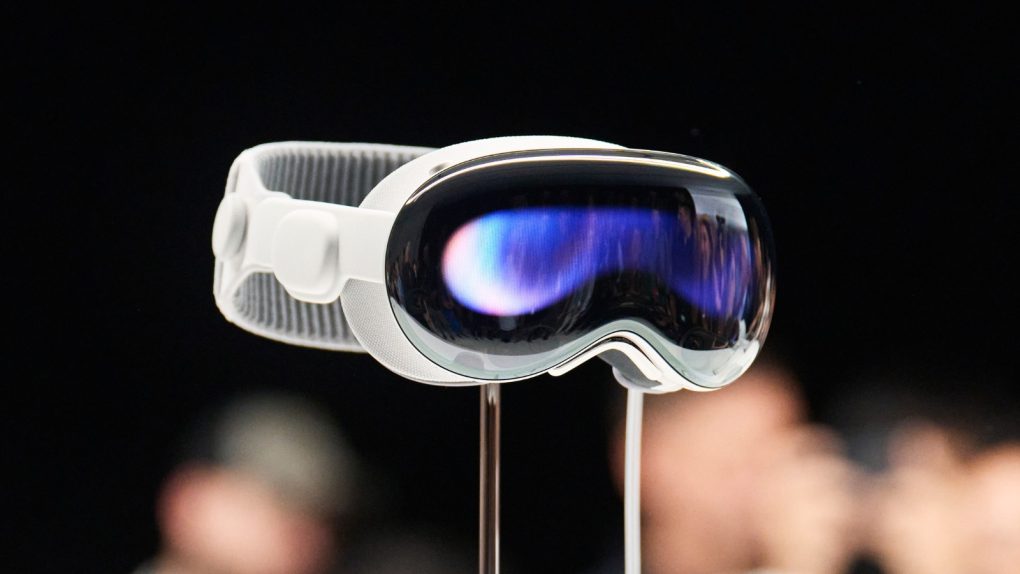The first-generation Apple Vision Pro is expected to launch by February 2024. While Apple’s upcoming spatial computer generates a lot of hype, we have already heard a few details about a second iteration of this headset.
Unfortunately, unlike Apple’s iPhones, Macs, and Apple Watches, which get updates yearly, the company might take a long time to unveil Apple Vision Pro 2. One of the reasons is constraints in the supply chain. Sony, which is the sole supplier of OLEDoS, the display of the spatial computer has limited production capacity with a yield of less than 50%.
Due to that, Omdia predicts that Apple Vision Pro shipments will be less than 500,000 units in 2024. Previous reports expected Apple to produce up to a million spatial computers next year, which shows that getting this product will be really difficult, and its expansion to other countries will also take a while.
But if you’re willing to wait – or if Apple will make you wait instead – there is some good news regarding Apple Vision Pro 2. According to Omdia research revealed by the Korean version of The Elec, Apple plans to offer this second generation with brighter, more efficient displays.
By 2027, Apple will upgrade the Vision Pro to an RGB OLEDoS display, which will be an improvement over the expected WOLED with a color filter that will be available with the first generation of this product.
The Elec explains that WOLED is a method that produces color as white light passes through an RGB color filter. On the other hand, RGB OLEDoS is a method that implements both light and color in RGB subpixels deposited adjacent to the same layer.
With that, Apple will improve higher brightness without consuming much more power, which might be one of the weakest points of the first-generation product. At this moment, it seems Apple Vision Pro might require an external battery pack or to be plugged into a charger all the time to work.
Besides Omdia, analyst Ming-Chi Kuo predicted that Apple might wait until 2027 to launch a second generation of this product. A cheaper version was expected by 2025, but it’s unclear if the company plans to release a variant of the first model that soon.







